Replacement Trees for Ash Lost to the Emerald Ash Borer
Replacement Trees for Ash Lost to the Emerald Ash Borer
By City Forester Mark Rehder
North Oaks is losing thousands of ash trees to the Emerald Ash Borer (EAB) and a very popular question is what can they be replaced with? Replanting sites especially after dramatic events such as firestorms or even beetle infestations are an important component of forestry management and good stewardship. While preferences range from property owner to property owner, the important component is that trees get replanted and replaced. Ash trees are unique in that they prefer moist soils and fairly sunny tops. We often find them in low areas and near wetland edges but they populate the high grounds as well. Considering your plant community is very important when thinking about planting new trees.
Often times the best approach is to replace with what was lost since you know it already grows well there. This won't work for Ash trees (at least not in the short-term) but there are similar trees to ash that are good replacements. This list is based on the University of Minnesota's recommended species for ash replacement and it is a good one. These trees are mostly intended to be placed in the forest or forest edge or where the woodland used to be before EAB. If you are replacing a yard tree lost to EAB, the palette you can choose from is much larger.
1. Aspen- this species may be the best to replace forested ash trees lost to EAB. They grow in similar habitats and can fill in an area nicely. They are fairly quick growing and regenerate vegetatively by shoots and suckers arising along its long lateral roots. They can reclaim an area once dominated by ash trees.
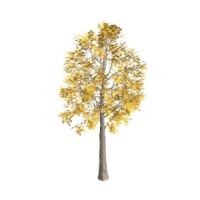 Aspen
Aspen
2. Disease Resistant Elm- they grow in similar sites and they are reminiscent of the old elms that used to line City boulevards but they are resistant to the Dutch elm disease. Valley Forge and Princeton are two popular selections but other varieties are also available.
3. Hackberry- another strong native tree suitable for ash tree replacement. They generally have a nice fall color and provide wildlife benefits. It is an underutilized tree in our forest system.
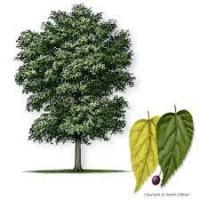 Hackberry
Hackberry
4. Silver Maple- not always suitable for a yard situation but perfectly suited to replace dead ash trees. They like the waters edge, are fast growing, and provide many benefits. Plus, their fall color can be beautiful.
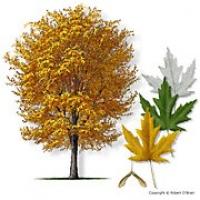 Silver Maple
Silver Maple
5. Birch- both River birch and Paper birch are suitable replacement for ash trees. Like ash trees they prefer wet feet and sunny tops. This is why they grow well near wetland edges. Both species have attractive bark (copper-colored and white, respectively) and provide numerous wildlife benefits.
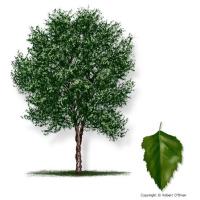 Birch
Birch
6. Swamp White Oak- medium-sized tree found in southern Minnesota but also suitable for North Oaks if planted in a wet site. It can survive in a variety of habitats, is shade tolerate and has a slow to moderate growth rate depending on the site characteristics.
7. Northern White Cedar- the only conifer on this short list, they prefer to be along the water edge and can be an excellent replacement species. However, they will need to be protected from deer browsing.
8. Cottonwood- maybe not everyone’s favorite tree but perfectly suitable as a replacement tree for the thousands of ash trees lost to the Emerald Ash Borer. They grow quickly and can get very large so planting in a suitable spot away from homes is important.
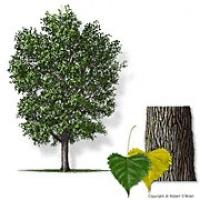 Cottonwood
Cottonwood
9. Black Willow- one species of willow found in Minnesota common around wetland edges, streams, and riverbanks. They may be a perfect replacement tree on your property. These trees love water so keep them away from drain fields and septic systems.
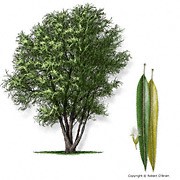 Black Willow
Black Willow
While planting trees is great, you can also do your part by promoting trees on your property that are trying to get a foothold. Encourage and protect young volunteer tree species on your property by removing competing plants such as buckthorn from the area and water in times of drought. If they are a species preferred by deer protect the tree with fencing or a trunk protector. While it is extremely unfortunate to lose ash trees for the near future, there are many species that can fill that void. Hopefully, when their genetic make-up has adapted to the introduction of the EAB, the ash trees position in the landscape will return.
Images Copyright © Robert O'Brian

